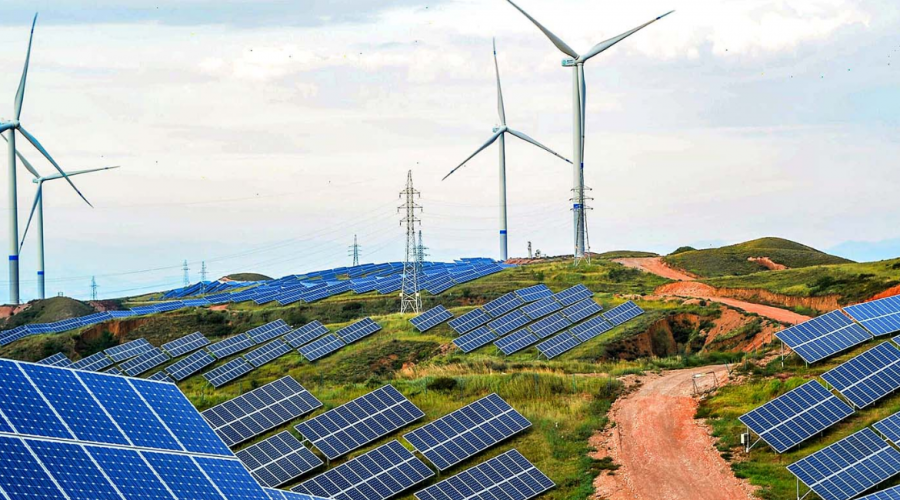WMO, Geneva, 11 October 2022 – To limit global temperature rise, the supply of electricity from clean energy sources must more than double in the next eight years. Otherwise, according to a new multi-agency report from the World Meteorological Organization, there is a risk that climate change, more extreme weather, and water stress will undermine our energy security and even jeopardize renewable energy supplies (WMO).
The World Meteorological Organization’s annual State of Climate Services report, which includes input from 26 different organizations, focuses on energy this year because it is critical to international agreements on sustainable development and climate change, as well as to the health of the planet.
“The energy sector accounts for roughly three-quarters of global greenhouse gas emissions.” Switching to clean energy sources like solar, wind, and hydropower, as well as improving energy efficiency, is critical if we are to thrive in the twenty-first century. The goal is to achieve net zero emissions by 2050. But we won’t get there unless we double the supply of low-emissions electricity in the next eight years,” WMO Secretary-General Prof Petteri Taalas said.
“Time is not on our side, and our climate is changing right in front of us.” “The global energy system requires a complete transformation,” says Prof. Taalas.
Access to reliable weather, water, and climate information and services will become increasingly important in order to strengthen energy infrastructure resilience and meet rising demand.
There is a lot of good news in the 2022 State of Climate Services: Energy report. It emphasizes the enormous opportunities for green-powered grids to aid in combating climate change, improving air quality, conserving water resources, protecting the environment, creating jobs, and ensuring a better future for all.
- Practical case studies are included in the report.
- Early weather warnings are protecting Beijing’s energy supply.
- Climate stress tests ensure that electricity is distributed appropriately in the Italian Dolomites.
- Tajikistan’s warning systems provide advance notice of dry conditions for hydropower operations planning.
- Localized wind resource data is assisting the wind industry in making decisions;
- Solar radiation measurements are assisting the placement of solar panels on noise barriers in Germany.
By 2050, global electricity needs will be mostly met by renewable energy, with solar being the single largest supply source, as electrification becomes a strategic lever to achieve Net Zero goals. African countries have an opportunity to capitalize on untapped potential and become market leaders. Africa has 60% of the world’s best solar resources but only 1% of installed photovoltaic capacity.




